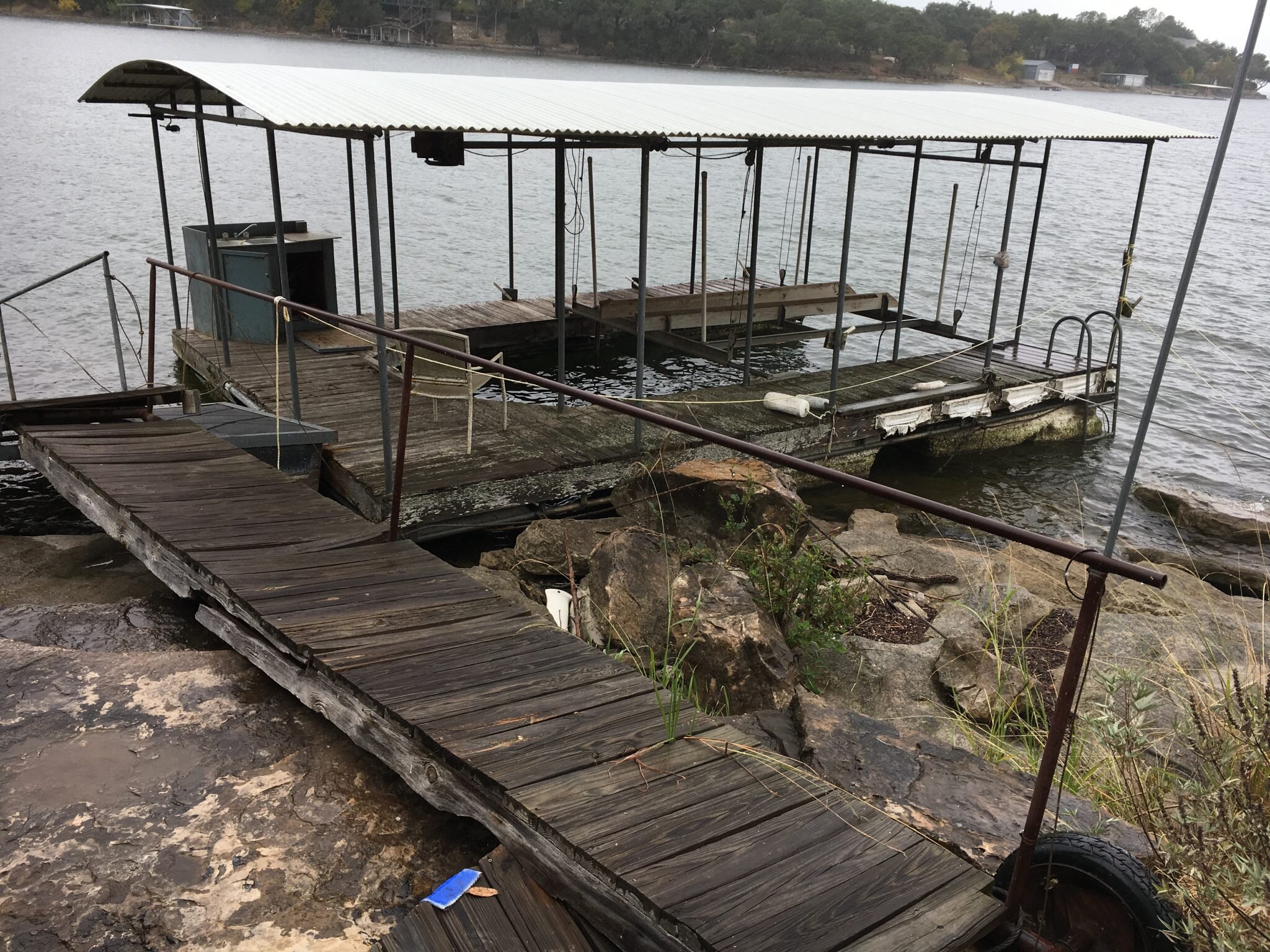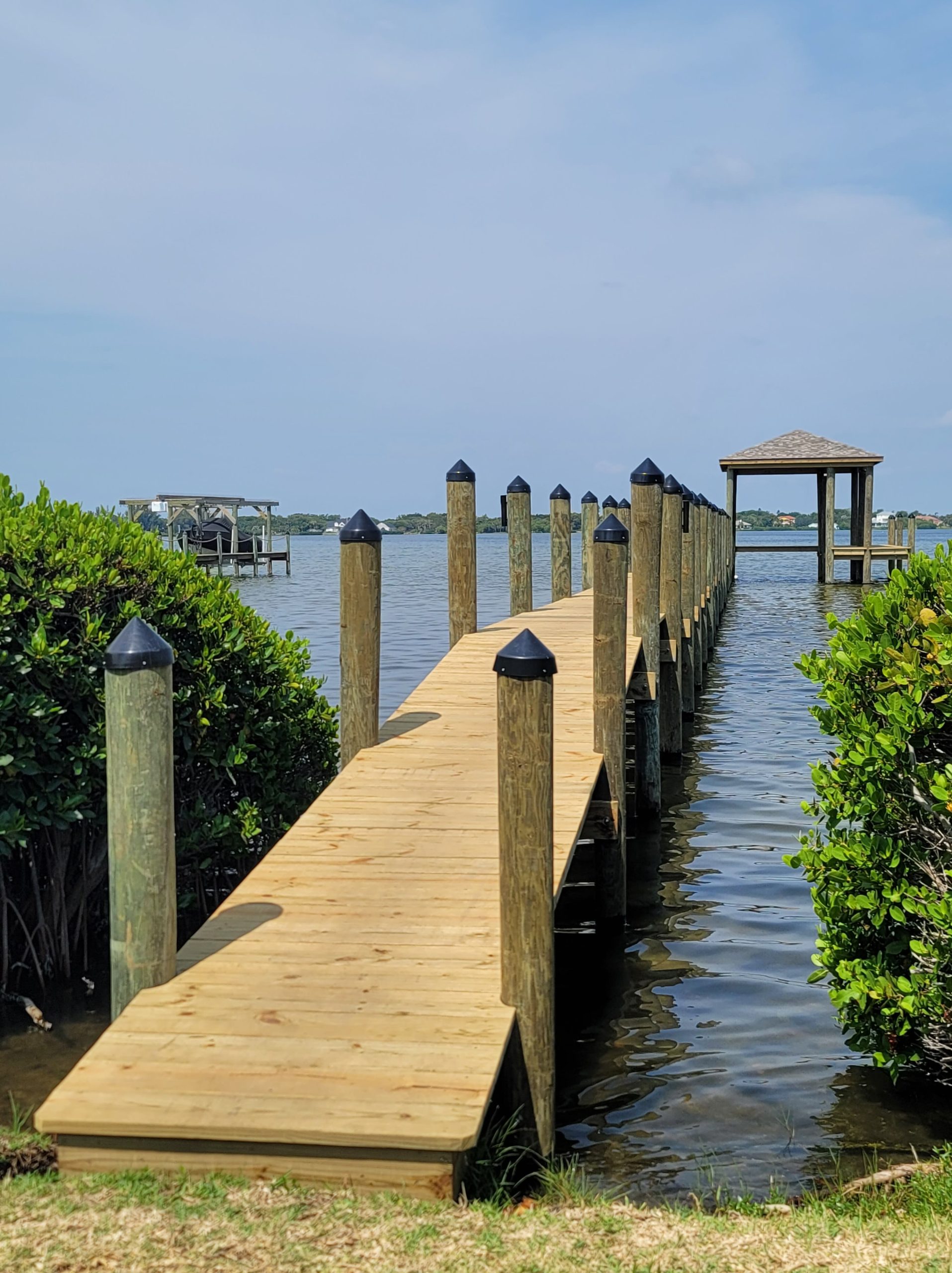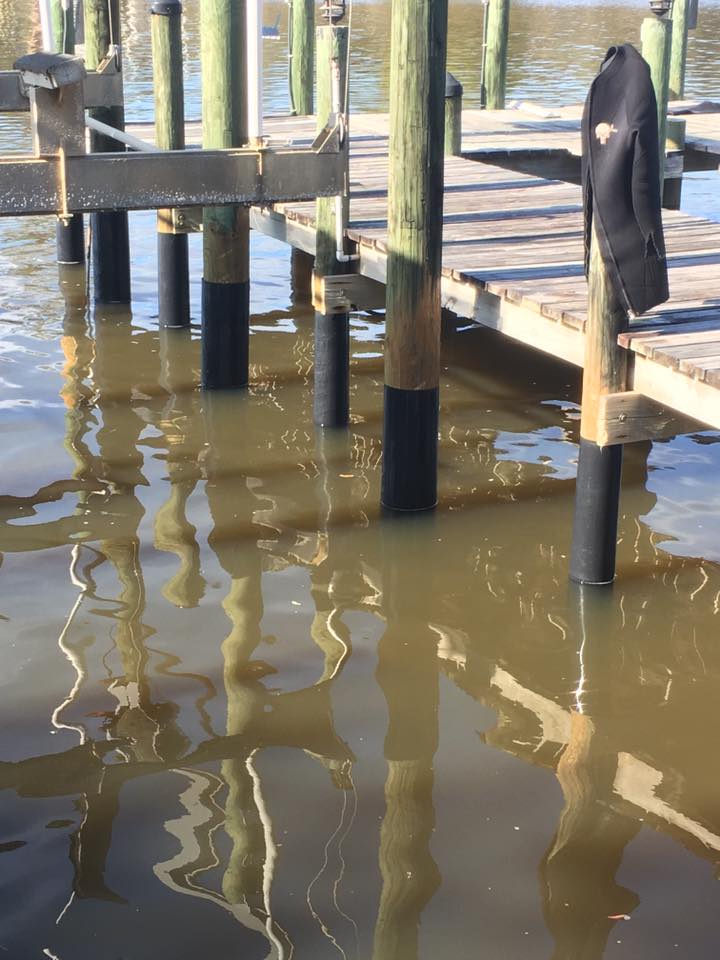Important Guide to Affordable Dock Repairs for Homeowners
Important Guide to Affordable Dock Repairs for Homeowners
Blog Article
Exactly How to Address Common Dock Repair Issues for Safe Water Activities

Identifying Common Dock Issues
Determining common dock issues is essential for maintaining the functionality and safety and security of your waterside residential or commercial property. Regular inspections can assist uncover problems before they end up being serious, making certain both the long life of the dock and the safety of those that utilize it.
One more common problem is the destruction of flotation tools. These tools are necessary for keeping the dock buoyant, and any type of damage or leaks can trigger the dock to listing or sink. Routinely looking for leaks or water logged floats can preempt a lot more substantial issues.
Furthermore, algae and barnacle accumulation on the dock's surface can create slippery and harmful conditions. This biofouling not just postures a risk to users yet can also accelerate the deterioration of the dock materials.
Lastly, checking for indicators of rust on steel parts is necessary. Corrosion can compromise the stability of the dock's framework, making it dangerous. By consistently determining these usual dock concerns, you can ensure that your dock remains safe and useful for years to find.
Fixing Rotting Timber
When dealing with the problem of rotting wood on your dock, it is critical to act promptly to avoid more deterioration. Begin by completely inspecting the whole framework to determine all impacted locations. Utilize a screwdriver to probe the timber; if it sinks in conveniently, the timber is likely decayed and needs immediate interest.
Once recognized, eliminate the rotted areas making use of a saw or sculpt. Make sure to cut back to healthy, solid wood, guaranteeing you eliminate all endangered product. After elimination, treat the continuing to be wood with a timber preservative to stop future rot. This therapy will certainly aid safeguard against wetness, which is the main reason for wood decay.
Following, replace the gotten rid of areas with marine-grade lumber or pressure-treated wood, which are more resistant to water damage. Protect the brand-new items with stainless-steel or galvanized fasteners to stop corrosion. Additionally, applying a water resistant sealant to the new timber can provide an added layer of protection.
Securing Loosened Boards
Just how do you guarantee your dock continues to be risk-free and practical for all its customers? One crucial element is safeguarding loosened boards, which can or else pose substantial hazards. Loosened boards not just boost the threat of stumbling but can additionally endanger the architectural stability of the entire dock.

For reinstallation, make use of galvanized or stainless steel screws, as these materials supply premium resistance to corrosion in aquatic atmospheres. Make certain the screws are long sufficient to permeate deep into the underlying support structure, yet not so long that they extend with the dock's surface area. Pre-drilling pilot holes can help prevent the timber from splitting.
Last but not least, maintain a normal assessment routine to recognize and attend to any type of new concerns quickly. By safeguarding loose boards effectively, you add to the overall security and longevity of your dock, making it a dependable system for water tasks.
Supporting Unstable Pilings
Making sure the stability of unsteady pilings is extremely important to keeping a practical and safe dock. Unstable pilings can compromise the whole structure, presenting substantial dangers to individuals and potentially leading to expensive fixings. The initial step in maintaining these crucial components is an extensive evaluation. Check out the pilings for signs of rot, damage, or moving. Make use of a degree to look for upright positioning and ensure they are driven deep enough right into the substrate to give appropriate assistance.
If the pilings are located to be unsteady, one reliable approach for reinforcement is making use of additional supporting. Cross-bracing with treated lumber or galvanized metal can anchor significantly boost stability. Support the braces securely to both the pilings and the dock framework to distribute tons equally.

Normal upkeep and periodic review of the pilings' security are crucial to ensuring long-term dock security and capability.
Replacing Rusty Hardware
Addressing unsteady pilings is simply one facet of preserving a dock's honesty; one more important worry is replacing rusty equipment. Over time, direct exposure to moisture and salt can bring about the oxidation and corrosion of screws, braces, and screws, endangering the entire framework's security. Regular assessment for rust is vital, particularly after serious climate or seasonal changes.
When rustic equipment is identified, prompt action is needed. Begin by selecting marine-grade stainless steel or galvanized hardware, both made to stand up to the severe aquatic setting. Make certain that you have the appropriate tools, such as screwdrivers and wrenches, to safely remove the old, corroded items without causing additional damages to the dock.
After getting rid of the rusty equipment, completely clean the influenced areas to remove any recurring rust or debris. Use a rust-inhibiting primer to revealed steel surface areas prior to mounting the new equipment. Tighten up all components firmly to avoid future loosening, and occasionally inspect the fittings to guarantee ongoing security.
Changing rustic hardware not only prolongs the dock's lifespan yet additionally significantly improves the safety and security of water activities. By proactively managing deterioration, you protect both the structure and its users, making sure a pleasurable and protected waterfront experience.
Conclusion
Regular examinations and upkeep are vital to address usual dock repair concerns and make certain risk-free water activities. By recognizing and remedying problems such as rotting timber, loose boards, unsteady pilings, and rusty hardware, structural stability and long life can be significantly enhanced. The application of appropriate therapies and marine-grade products even more strengthens the dock versus environmental stressors. Such positive steps contribute to the total safety and functionality of dock frameworks, cultivating a safe and secure environment for water-based tasks.
Making sure the safety of water activities pivots dramatically on the proper upkeep and repair of docks (Dock Repairs). These devices are crucial for keeping the dock buoyant, and any kind of damage or leaks can cause the dock to listing or sink. By consistently identifying these usual dock issues, you can guarantee that your dock continues to be secure and useful for years to come
Ensuring the stability of unsteady pilings is critical to keeping a functional and risk-free dock.Routine examinations and maintenance are important to deal with usual dock repair issues and make certain safe water tasks.
Report this page